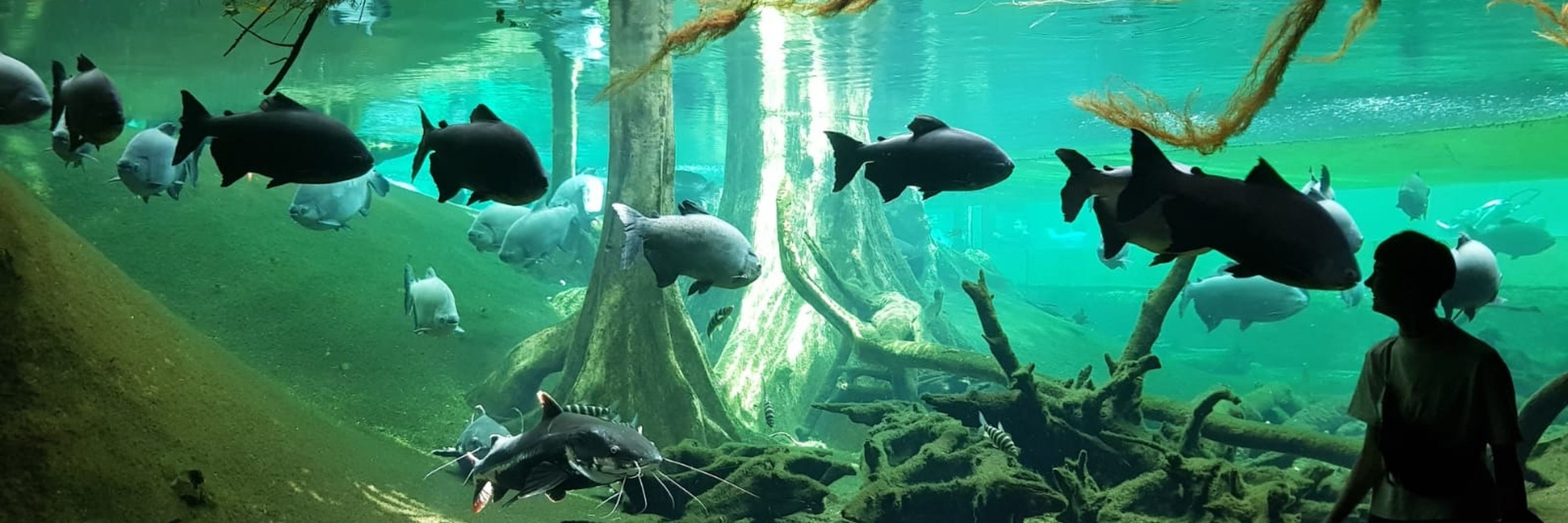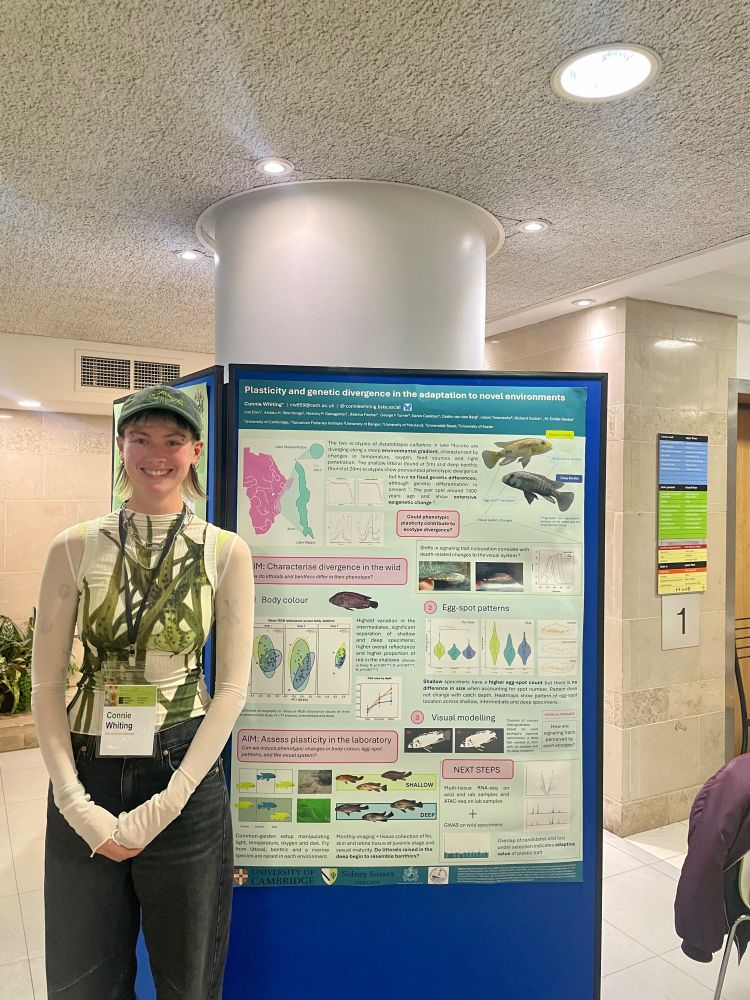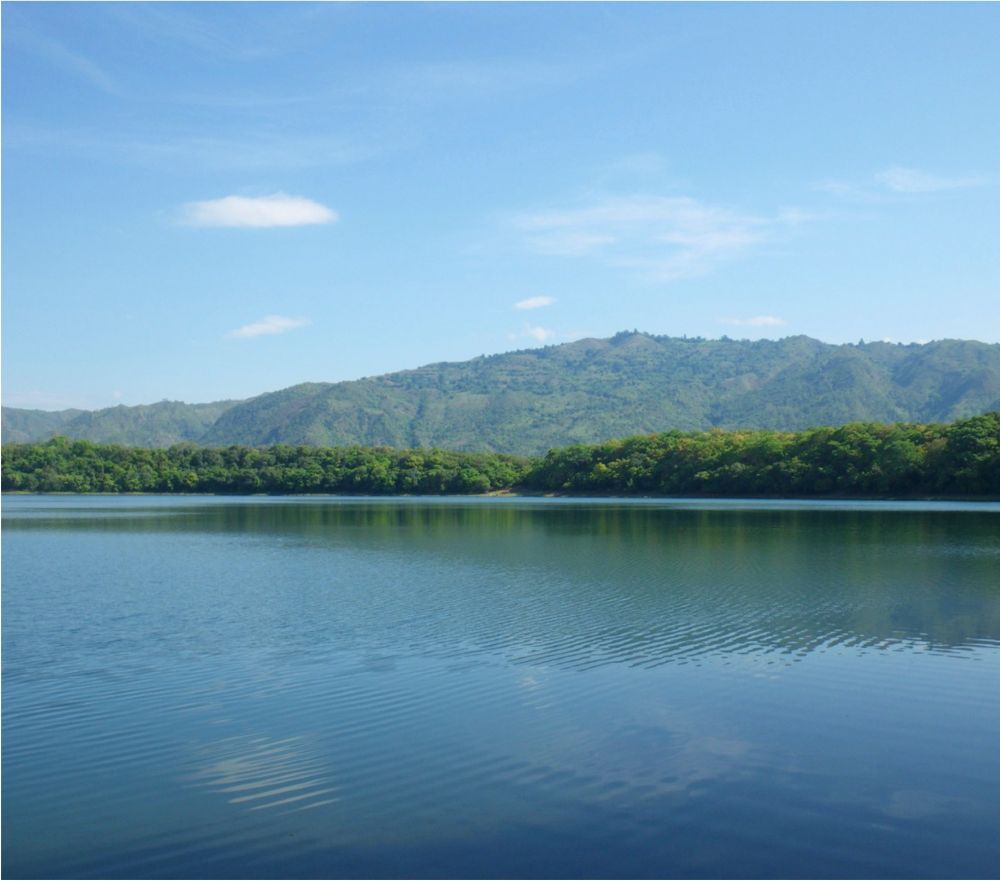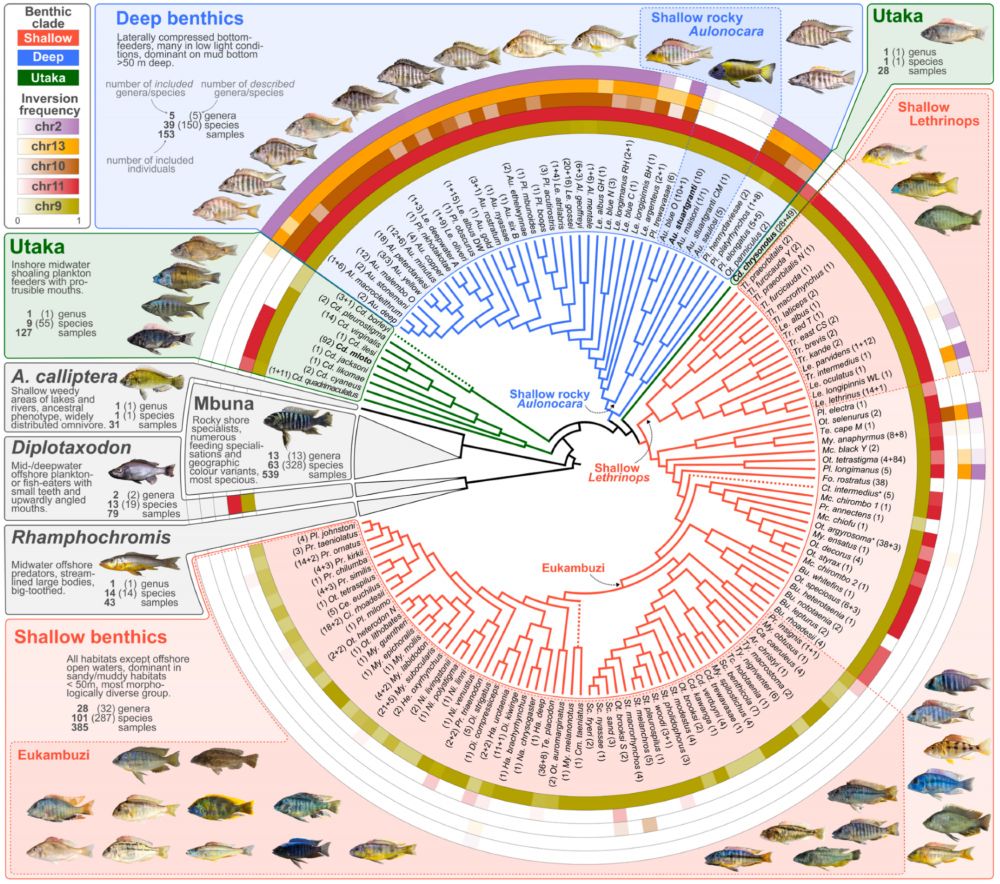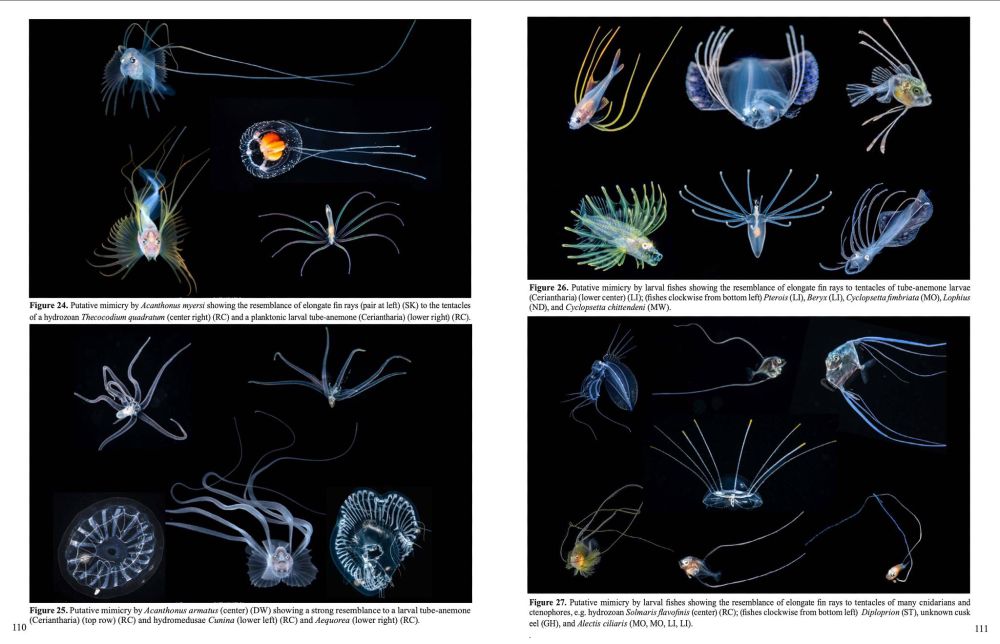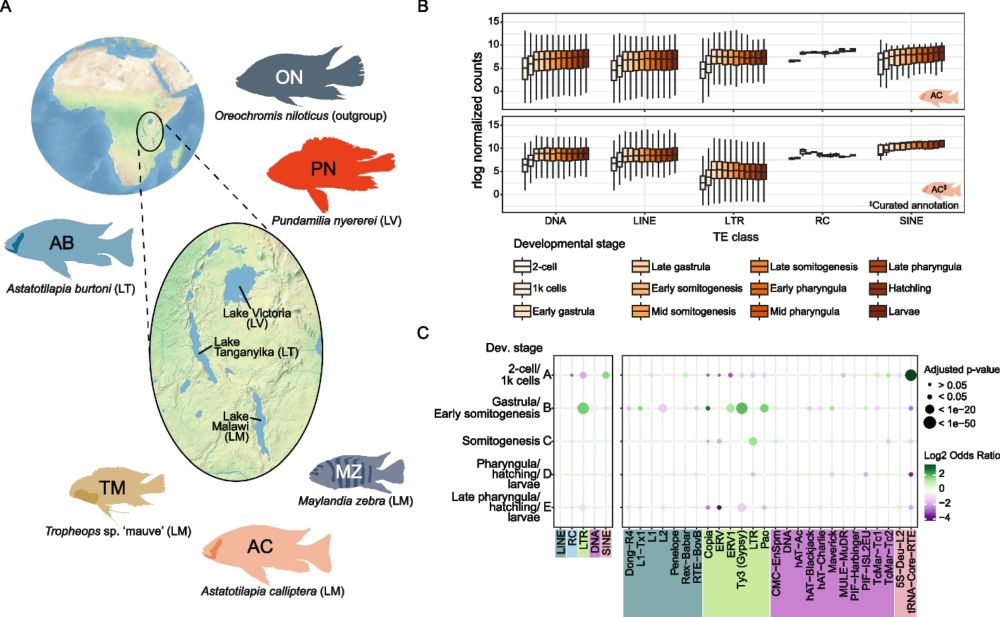Connie Whiting
@conniewhiting.bsky.social
51 followers
50 following
2 posts
PhD camzoology || Cichlid plasticity & evolution || loves sea creatures, knitting, cats & breakbeats 🦑 || She/They 🇵🇸🏳️⚧️
Posts
Media
Videos
Starter Packs
Reposted by Connie Whiting
Reposted by Connie Whiting
Reposted by Connie Whiting
Chris Jiggins
@chrisjiggins.bsky.social
· Jun 30

Gene loss associated with plasticity-first evolution in Heliconius butterflies
Phenotypic plasticity occurs when a genotype can produce more than one phenotype under different environmental conditions. Genetic accommodation allows plastic phenotypes to be tuned to new environmen...
www.biorxiv.org
Reposted by Connie Whiting
Connie Whiting
@conniewhiting.bsky.social
· May 22
Reposted by Connie Whiting
Reposted by Connie Whiting
Prem Thakker ツ
@premthakker.bsky.social
· Mar 24
Reposted by Connie Whiting
